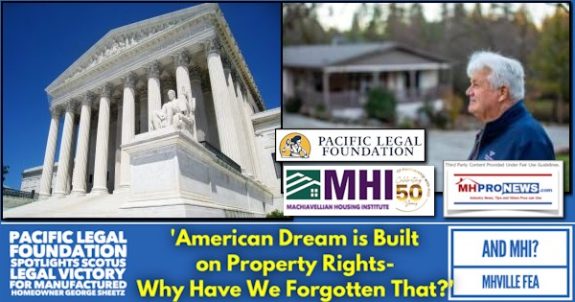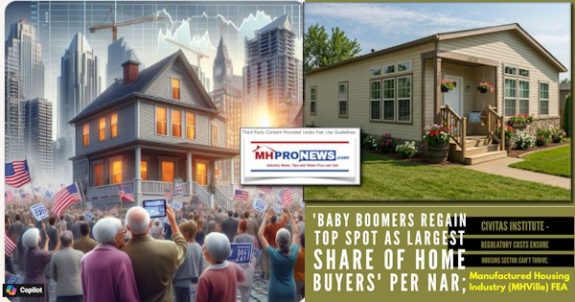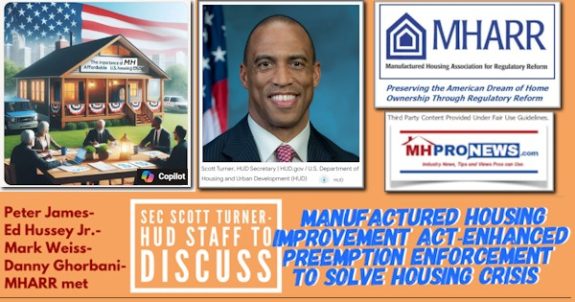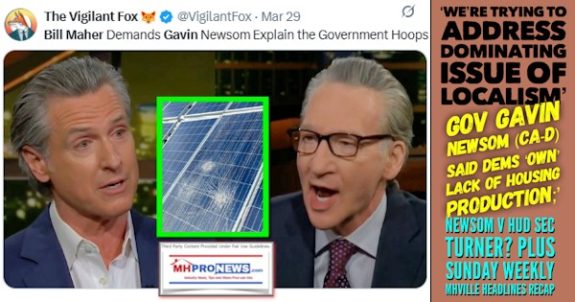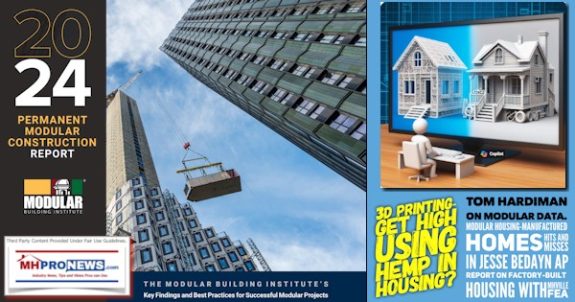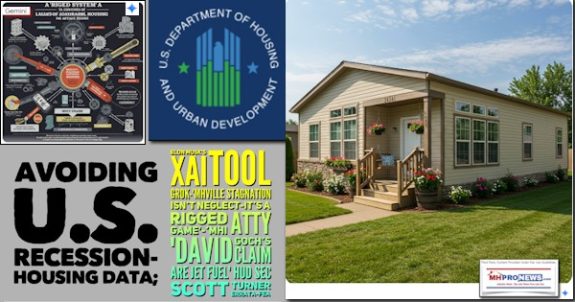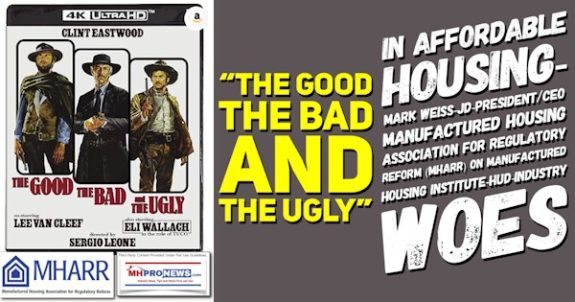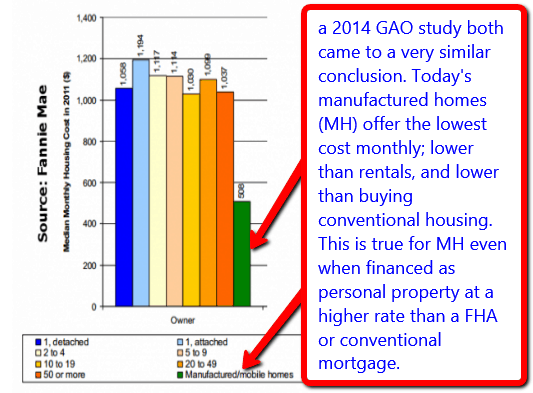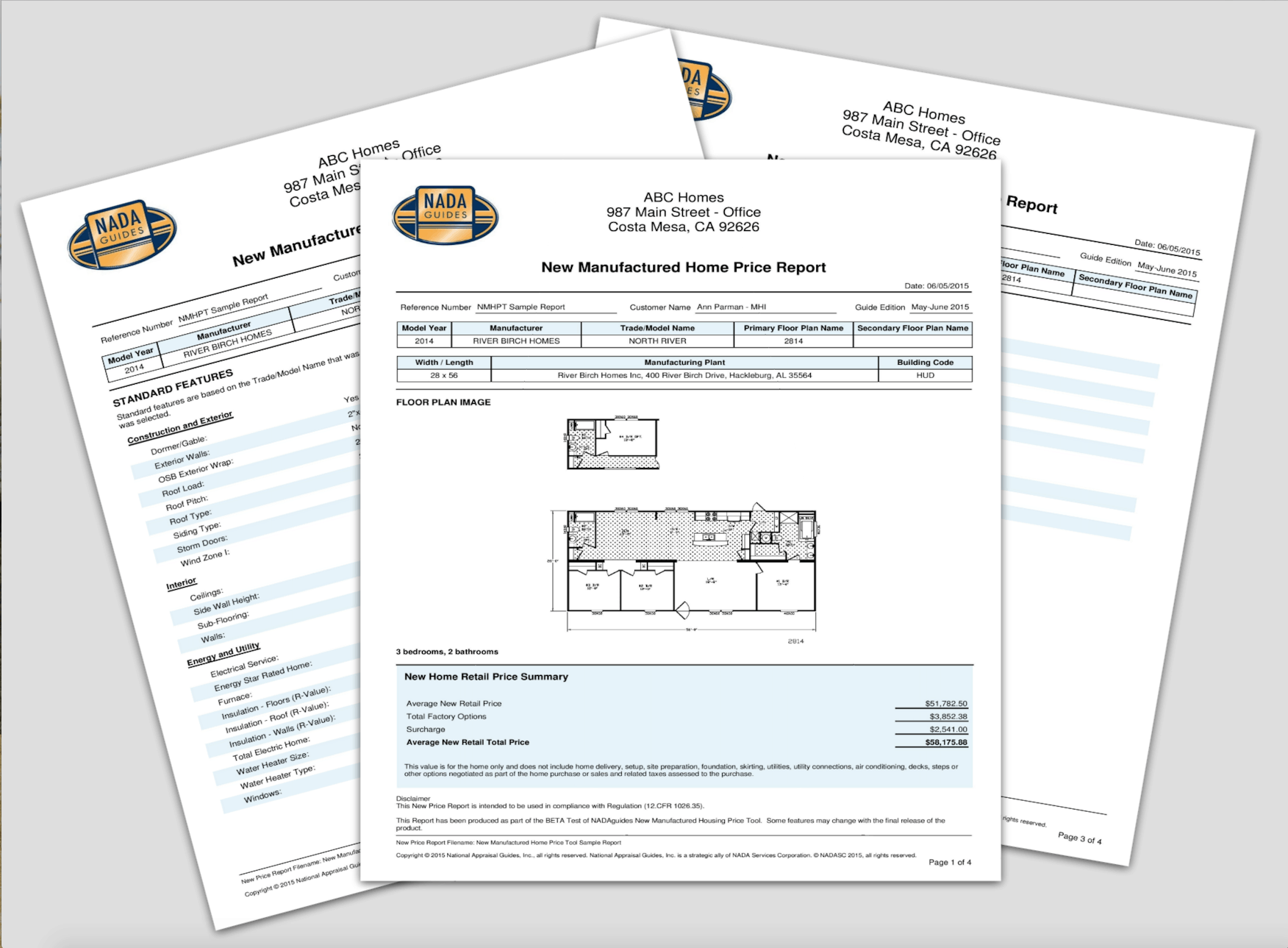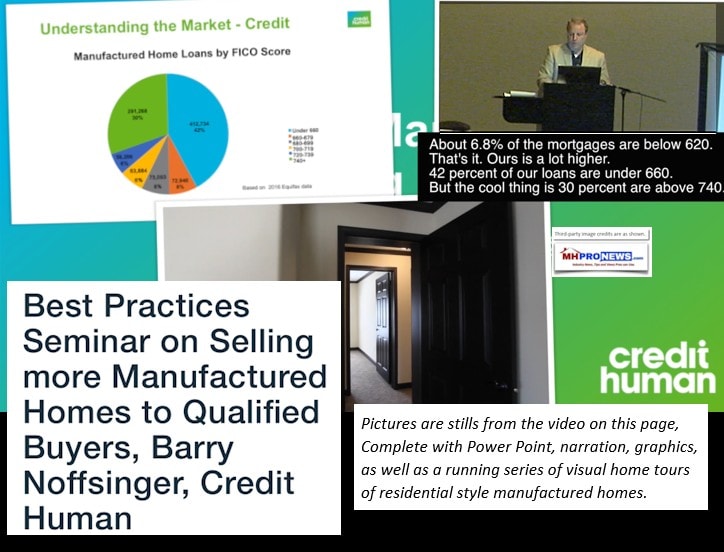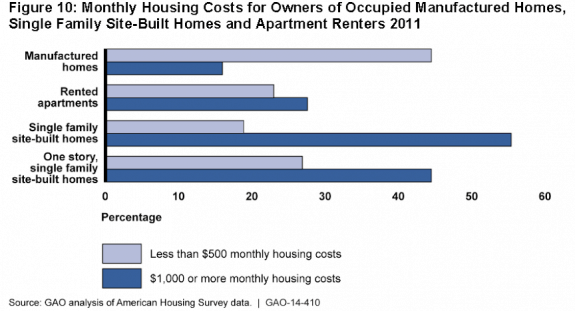
While a number of court cases exist before 2000, the scope of federal preemption has not been fully tested since. In 2003 the Manufactured Housing Institute (MHI) asked HUD to issue a new “Statement of Policy” regarding its interpretation of how federal preemption language impacts zoning issues. Seven years later, and no word on that.
“The process needs to work a little bit better,” says MHI Executive Vice President Thayer Long. “That’s something we’re asking HUD to do is to update their statement of policy on zoning to take into account the new language incorporated into the improvement act.”
According to an MHI document from 2003, once issued, this statement may be used by states and municipalities to fight discrimination against manufactured housing.
“Part of the issue is that HUD has not, as a rule, truly enforced preemption,” says MHMSM.com Publisher L.A. ‘Tony’ Kovach. “The analogy I like to use is a Fair Housing complaint. The Feds vigorously investigate and pursue those; why not efforts by local jurisdictions that hamper the implementation of the MHIA of 2000 on preemption?”
Real world examples of situations that might be preempted but haven’t been are not hard to find, particularly when they involve zoning. Last year in Johnsonville, South Carolina, the city council put a moratorium on any manufactured housing coming into the community and just recently discussed considering rezoning all R-3 lots to R-3A lots, which would prohibit any manufactured housing being placed on those lots.
Mark Weiss at the Manufactured Housing Association for Regulatory Reform (MAHRR) explained to Kovach that when the original preemption was set up in 1974, HUD wasn’t aggressive because the language wasn’t very strong. Still, it was on both sides of the issue – for example, leaving sprinkler requirements up to a local jurisdiction in Massachusetts, but claiming federal preemption in Oklahoma on the same topic.
To Weiss, the language should have preempted local authorities from instituting fire sprinkler requirements. More, the word requirements when the legislation refers to standards and requirements being superseded by the HUD code could be interpreted to reach beyond safety and construction standards and issues like sprinklers to include issues such as zoning and architectural design.
That has not played out on the ground, however.
In a newsletter published in January, 2004 by the Manufactured Housing Industry of Arizona (DBA the Arizona Housing Association), a report from a 2003 consensus subcommittee meeting stated that:
HUD staff essentially stated that the department would preempt state and local jurisdictions if the major emphasis was related to construction standards. However, HUD continues to imply that the Manufactured Housing Improvement Act of 2000 (MHIA) does not give them federal authority to control land zoning restrictions. HUD left open the door to strengthen preemption issues on construction-related standards and the “broadly and liberally construed” preemption issues clause contained in the Findings and Purposes section of MHIA.
In an opinion written in 2003, which Long says could be considered the position of the MHI, the MHIA of 2000 allows for the argument that disparate local requirements, here most likely zoning, cannot be used to effect the uniformity and comprehensiveness of federal standards. That, Long says, provides more material to make the case, but does not mean court cases prior to the act would have been ruled differently.
“You don’t know,” Long says. “What we do know is that we would have stronger statutory support in arguing the case against discriminatory zoning practices.”
The only court decision on the matter after the passage of MHIA in 2000 came in 2003. The case dealt with an issue that occurred in 1998, however, before the new law passed. A Pennsylvania court ruling in Lauderbaugh v. Hopewell Township stated the evidence clearly showed that the township discriminated against Ms. Lauderbaugh by enforcing its zoning ordinance against her based on the fact that she wanted to site a HUD Code home instead of a BOCA/CABO home. The court, however, sided with the township, which argued that its zoning ordinance was established to protect aesthetics and property values, and those underlying reasons can be used to limit or ban the placement of manufactured homes.
It was a dissenting judge who issued a strong opinion agreeing that the actions of the township were preempted by federal law.
Long points out that there is little precedence for the federal government to intervene in land-use issues. The cases that do exist involve eminent domain, the inherent power of the state to seize a citizen’s private property, expropriate property, or seize a citizen’s rights in property with due monetary compensation, but without the owner’s consent.
With that in mind, one route the industry may use to move forward and test the reach of preemption is to find a case such as the zoning restrictions in South Carolina to take to court. The danger in seeking a court decision, as Long points out, is that sometimes it isn’t decided in your favor. A decision would set a new legal precedent from that point forward.
Outside of zoning, the ability for states and local jurisdictions to require fire sprinkler systems has been at the forefront of the industry, and generally worked against being preempted by the MHIA of 2000 and the HUD Code. A similar issue is expected to emerge next year when Oregon is set to require manufactured housing to have radon mitigation systems. Both Long and Lois Starkey, MHI vice president of regulatory affairs, estimated it would be treated much the same as the sprinkler issue.
Don Miner at the Oregon Manufactured Housing Association also says he is not confident that HUD seeks to preempt radon mitigation requirements.
“I don’t think that’s clear cut,” Miner says. “HUD hasn’t been as rigorous in interpreting the preemption standard as some would have hoped.” The probability of success in attempting to enforce preemption, Miner says, may come down to HUDs position. “My guess is HUD would say it (radon mitigation) is not preempted.”
On the issue of preemption in regards to zoning, Long points out that many areas where manufactured homes are being placed are in rural areas without zoning regulations. To meet new markets, some changes in the product may also help meet zoning requirements and open new markets.
That, he says, would help resolve the issue from the product standpoint as well as the regulatory.
“It needs to be resolved at both ends,” Long says. “If the product changes, then the zoning needs to change to allow manufactured homes.”
Clearly, MHARR’s position on this issue is different than MHI’s, as noted in MHARR news releases and in interviews with MHMSM.com. To key MHARR leaders, preemption is a matter of getting HUD to live up to its legal mandate. Getting HUD to enforce preemption broadly would create robust opportunities for the Manufactured Housing Industry, MHARR leaders Danny Ghorbani and Mark Weiss say.
Lauderbaugh v. Hopewell Township





